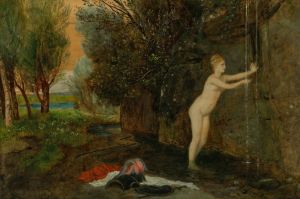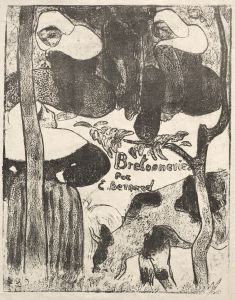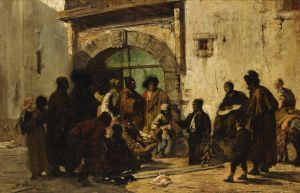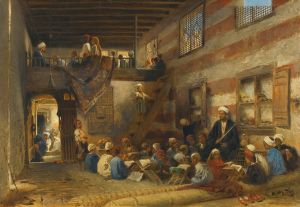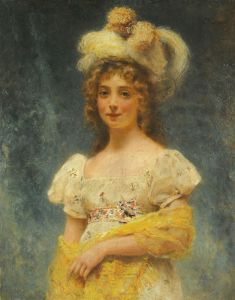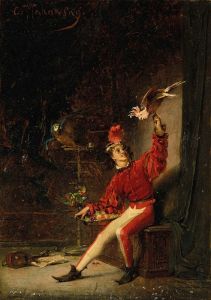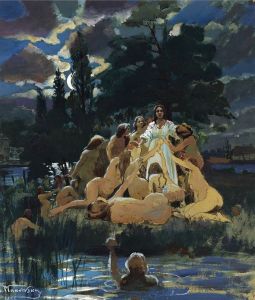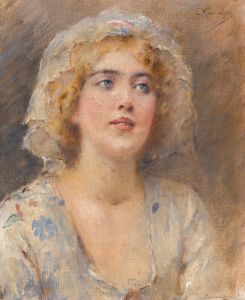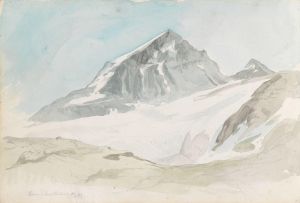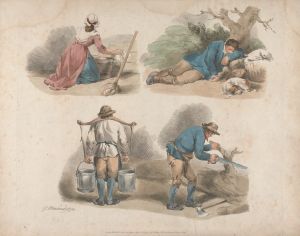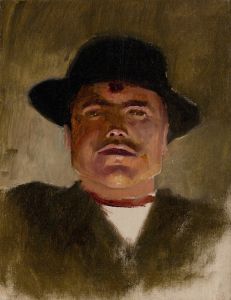
Russian Village In Spring
A hand-painted replica of Konstantin Egorovich Makovsky’s masterpiece Russian Village In Spring, meticulously crafted by professional artists to capture the true essence of the original. Each piece is created with museum-quality canvas and rare mineral pigments, carefully painted by experienced artists with delicate brushstrokes and rich, layered colors to perfectly recreate the texture of the original artwork. Unlike machine-printed reproductions, this hand-painted version brings the painting to life, infused with the artist’s emotions and skill in every stroke. Whether for personal collection or home decoration, it instantly elevates the artistic atmosphere of any space.
Konstantin Egorovich Makovsky was a prominent Russian painter, known for his involvement in the Peredvizhniki movement, which sought to bring art to the people by organizing traveling exhibitions. Makovsky was born on June 20, 1839, in Moscow, into a family that was deeply rooted in the arts. His father, Egor Ivanovich Makovsky, was a well-known art figure, and his siblings also pursued artistic careers. Konstantin Makovsky's work is often characterized by its vibrant color palette and detailed representation of Russian life and culture.
"Russian Village In Spring" is one of Makovsky's works that captures the essence of rural life in Russia. Although specific details about this painting are scarce, it is consistent with Makovsky's broader oeuvre, which frequently depicted scenes of Russian peasantry and traditional customs. His paintings often reflect a romanticized view of Russian life, focusing on the beauty and vibrancy of rural settings.
Makovsky's style is often associated with realism, but he also incorporated elements of romanticism, which is evident in his attention to detail and the emotive quality of his work. His paintings are known for their rich textures and the way they capture the play of light and shadow, bringing a sense of life and movement to his subjects.
During the 19th century, Russia was undergoing significant social and political changes, and artists like Makovsky played a crucial role in documenting and interpreting these transformations. The Peredvizhniki movement, of which Makovsky was a part, aimed to break away from the academic constraints of the time and address social issues through art. By depicting scenes from everyday life, these artists sought to create a more accessible and relatable form of art that resonated with the general public.
"Russian Village In Spring" likely reflects Makovsky's interest in the changing seasons and their impact on rural communities. Spring, a time of renewal and growth, would have been an ideal subject for Makovsky, allowing him to explore themes of rebirth and the cyclical nature of life. The painting would typically feature villagers engaged in daily activities, surrounded by the lush, burgeoning landscape of the Russian countryside.
Makovsky's work remains significant in the study of Russian art history, as it provides insight into the cultural and social dynamics of 19th-century Russia. His paintings are celebrated for their technical skill and their ability to convey the spirit of the Russian people and their environment.
While specific information about "Russian Village In Spring" is limited, it can be appreciated as part of Makovsky's broader body of work, which continues to be studied and admired for its contribution to Russian art and its portrayal of the country's rich cultural heritage.





